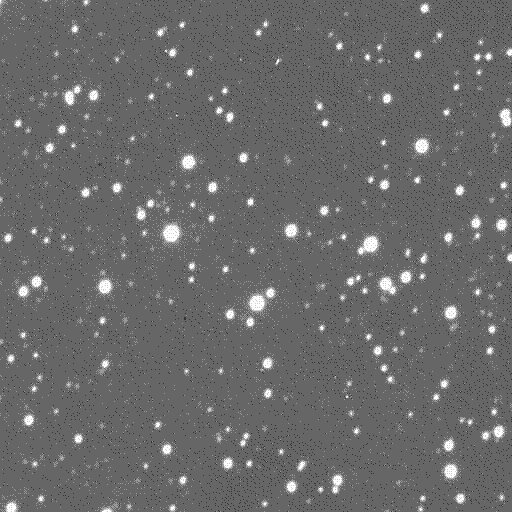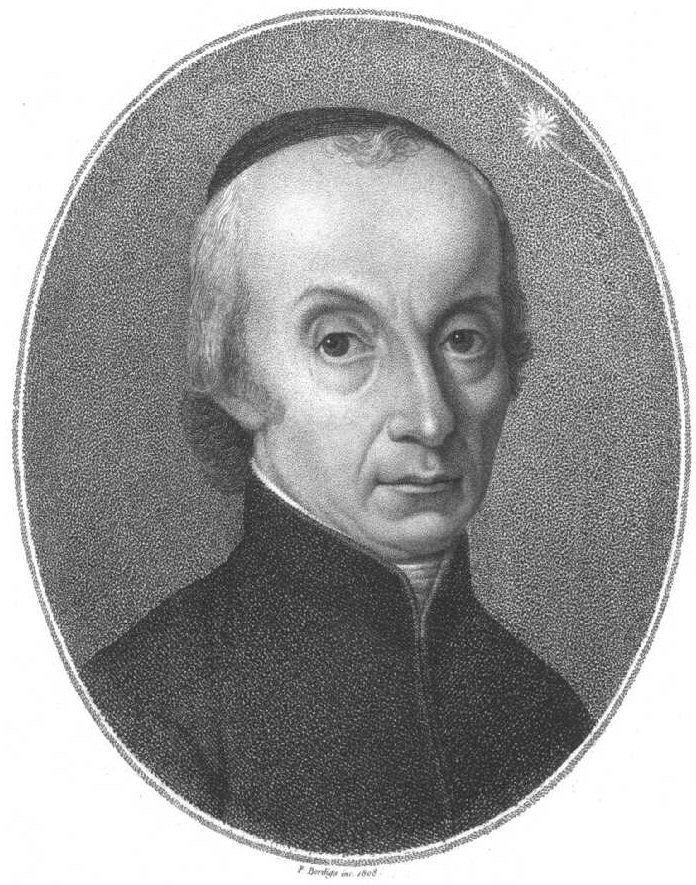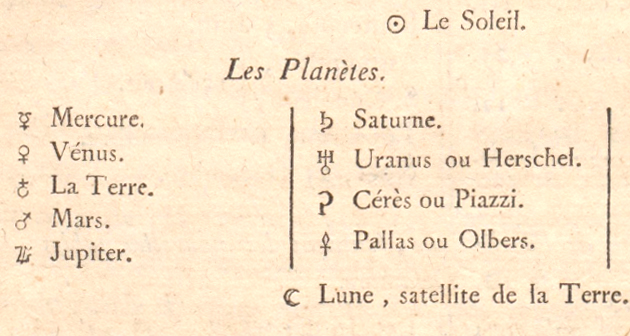


 Français
Français
ASTEROIDS: (1) CERES

Ceres was discovered on January 1, 1801, by Giuseppe Piazzi, director of the Palermo Observatory in Sicily. Piazzi sought to observe a star called Mayer 87 and instead he observed an object moving over the celestial sphere, which he first took for a comet. 24 successive observations from January 1 to February 11 convinced Piazzi that it was not a comet but a planet. His discovery was followed by many others during the nineteenth century showing a new category of objects, the asteroids.
Previously, astronomers had noticed the lack of a planet between Mars and Jupiter as predicted by Bode's law, totally empirical and not based on scientific bases but instituting a logical sequence of distances of the planets to the Sun. The discovery of Ceres answered this question: the missing planet was found! Unfortunately, it was not so: Ceres was too small for a planet, its orbit was not circular and Ceres was not alone but other similar and numerous bodies were found soon after.





